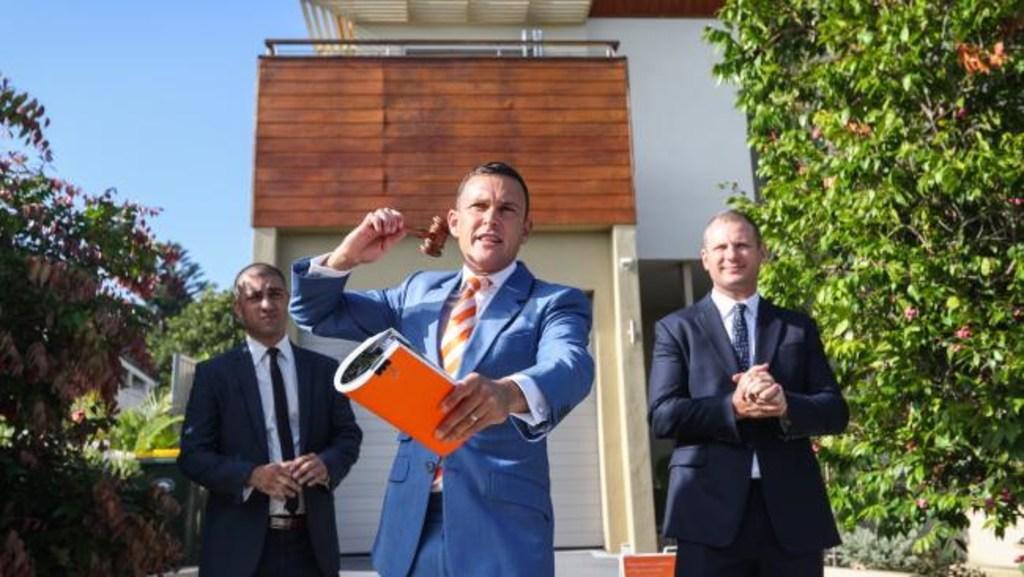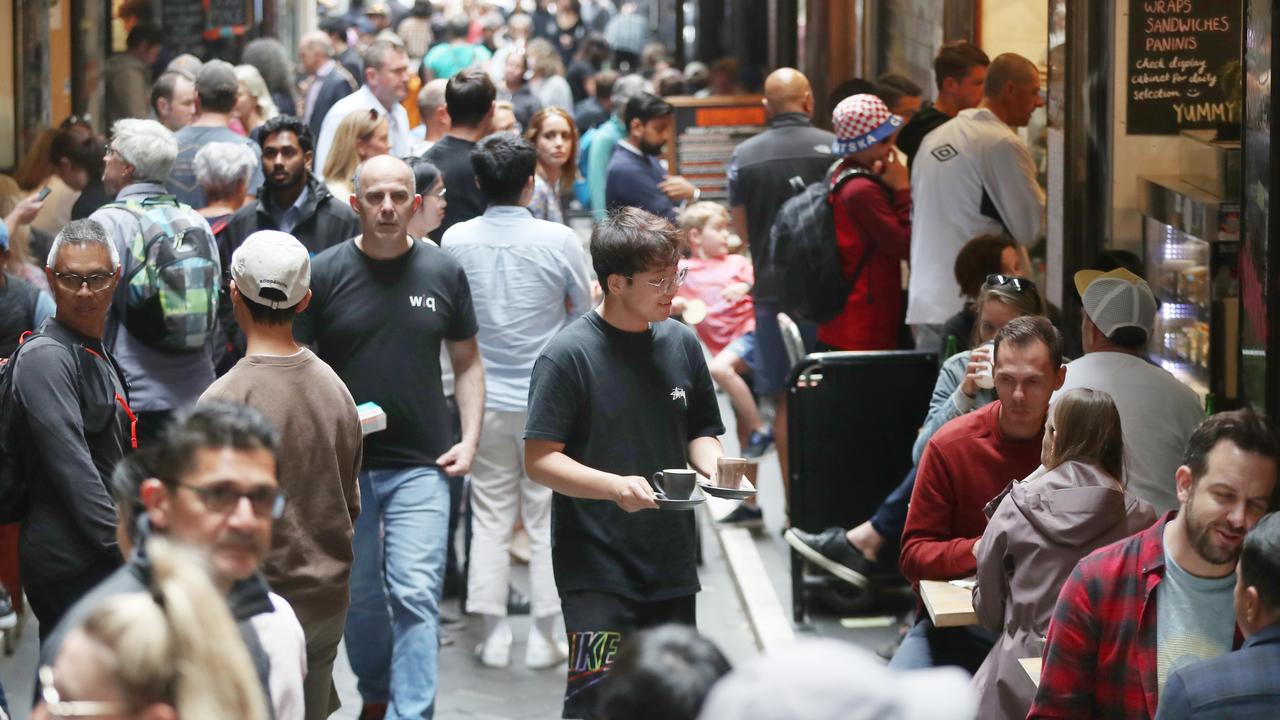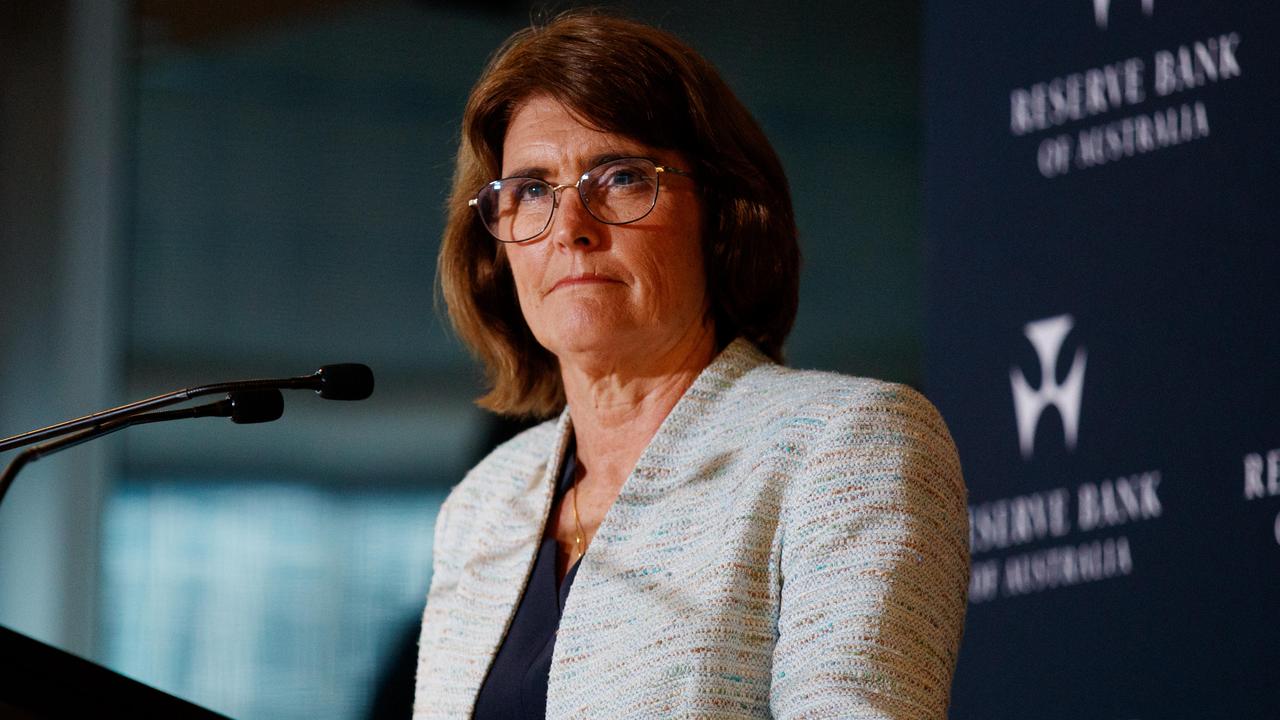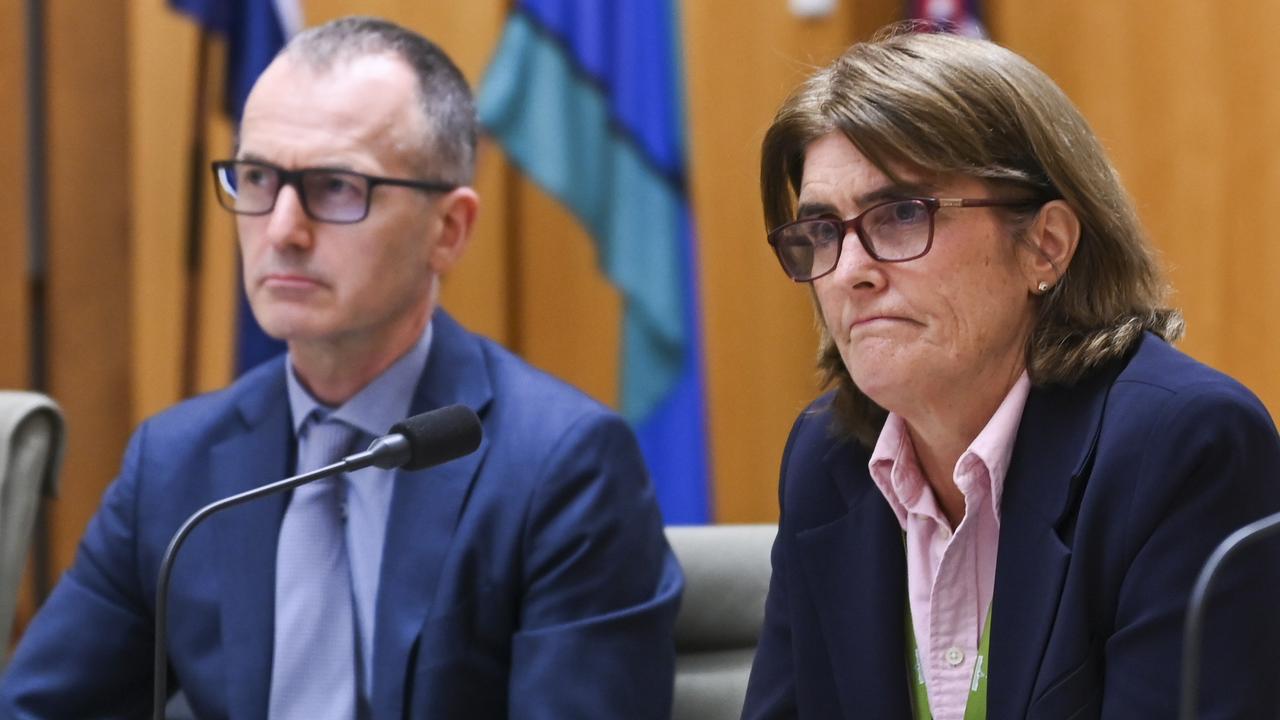RBA keeps cash rate on hold as home prices soar
THE RBA has left the official cash rate on hold at its historic low, but borrowers should brace for the big banks to keep jacking up rates.

THE Reserve Bank has left the official cash rate on hold at its historic low of 1.5 per cent, but borrowers should brace for the big banks to keep jacking up interest rates.
The central bank was widely expected to keep rates on hold for the seventh meeting in a row, despite new data out this week showing dwelling values increasing at their fastest pace in seven years.
Last month, all four of the big banks began sharply raising interest rates for investors and owner-occupiers — out of cycle with the RBA — to preserve their profit margins amid tighter regulatory restrictions and higher funding costs.
The RBA last cut the cash rate in August 2016 to 1.5 per cent, following an earlier cut to 1.75 per cent in May. The last time the official cash rate increased was November 2010.
“While recent independent rate rises have been unpopular with homeowners, it’s likely the banks have given the RBA breathing space to hold out longer before making a move,” said Graham Cooke, insights manager with comparison website Finder.com.au.
“It’s likely that some time will lapse before the Reserve Bank increases the cash rate after banks have taken matters into their own hands. We’re expecting the Reserve Bank to stay in its wait-and-see mode for the foreseeable future.”
It comes after the nation’s financial watchdogs, the Australian Prudential Regulation Authority and the Australian Securities and Investments Commission, announced a crackdown on interest-only home loans in a bid to address “heightened risks” in the housing market.
In a statement, RBA Governor Philip Lowe said a “reduced reliance on interest-only housing loans in the Australian market would also be a positive development”. “Growth in household borrowing, largely to purchase housing, continues to outpace growth in household income,” Mr Lowe said.
“By reinforcing strong lending standards, the recently announced supervisory measures should help address the risks associated with high and rising levels of indebtedness. Lenders need to ensure that the serviceability metrics that they use are appropriate for current conditions.”
On Monday, figures from research firm CoreLogic showed dwelling values across the capital cities last month increased at their fastest annual rate since May 2010, while Sydney values rose at their fastest annual pace since November 2002.
“It seems the RBA is stuck between a rock and hard place,” said CoreLogic head of research Tim Lawless. “They aren’t likely to push rates higher just to quell housing market exuberance — doing so could push inflation lower and the Australian dollar higher as well as cancel out some of the much-needed stimulus that many sectors of the economy are benefiting from.
“On the other hand, the RBA would be loath to push rates lower out of concern for adding further fuel to an already over heated housing market.”
Mr Lawless said with the cash rate likely to remain on hold, at least for the rest of the year, “other factors” would be necessary to slow down the housing market. “Mortgage rates have been rising despite the steady cash rate, which will act as a disincentive to market demand,” he said.
While 70 per cent of experts polled by Finder.com.au disagreed that Sydney and Melbourne are in a “bubble”, economist Saul Eslake has issued a warning. “A house price fall north of 10 per cent is the most likely cause of the next recession,” he told The Australian.
Mr Eslake warned that homes and land now made up 52 per cent of households’ assets, compared with only 33 per cent of US households’ assets in 2006 before the financial crisis.
But AMP Capital chief economist Dr Shane Oliver said while Sydney and Melbourne property markets were “overvalued, hot and unsustainable”, it did not mean “a 20 per cent-plus generalised crash is inevitable”.




